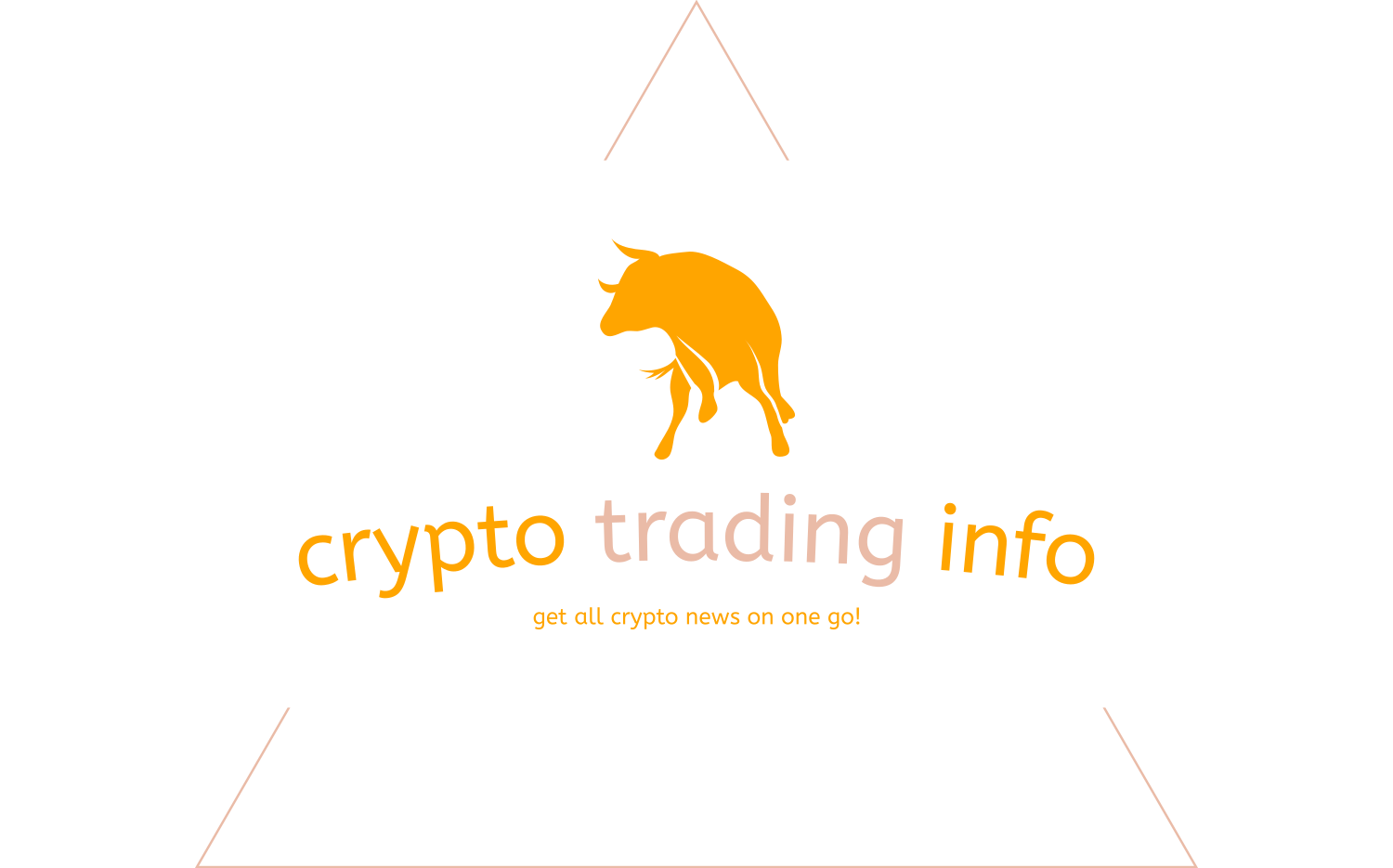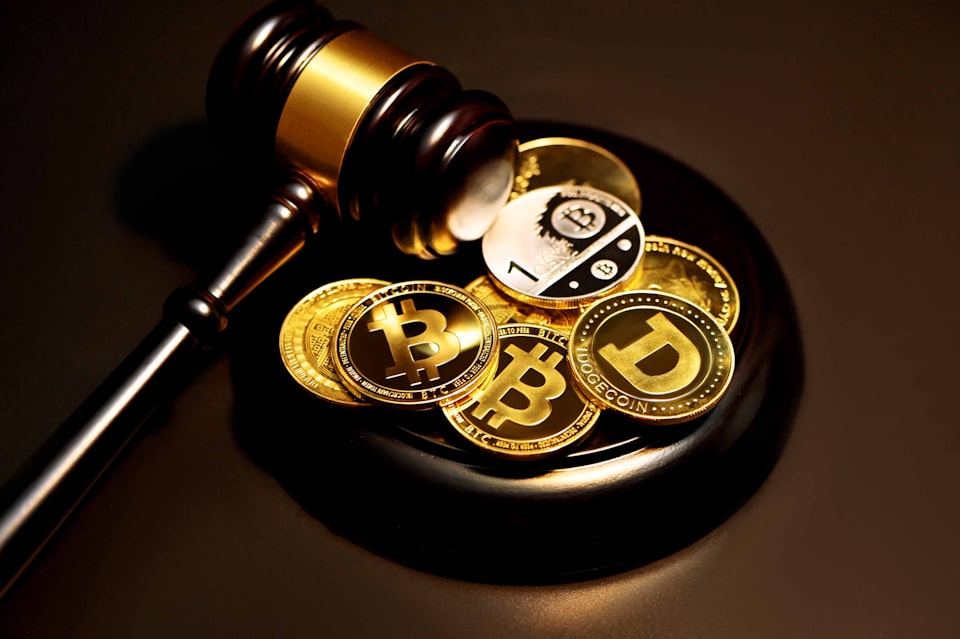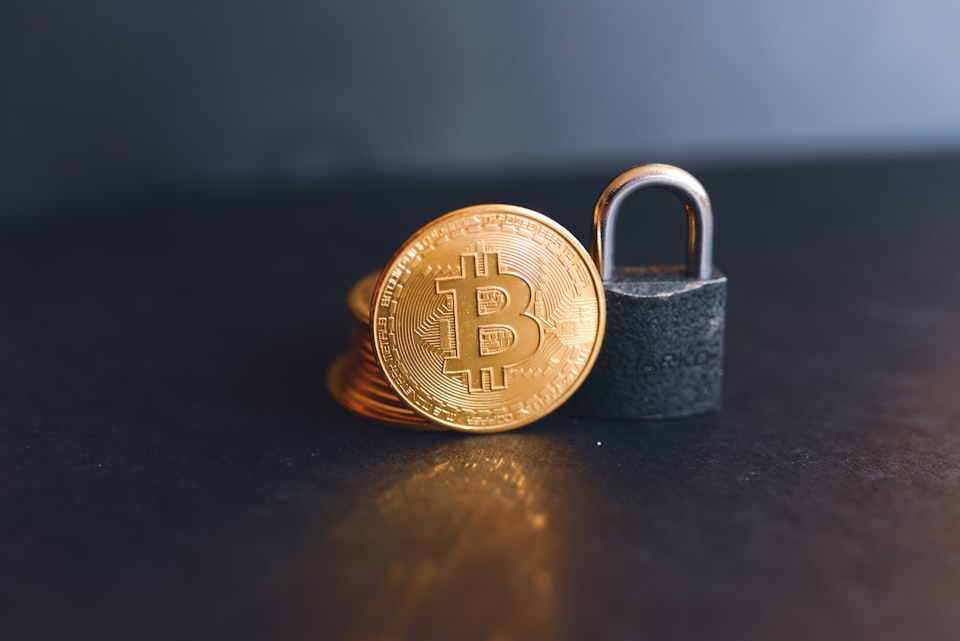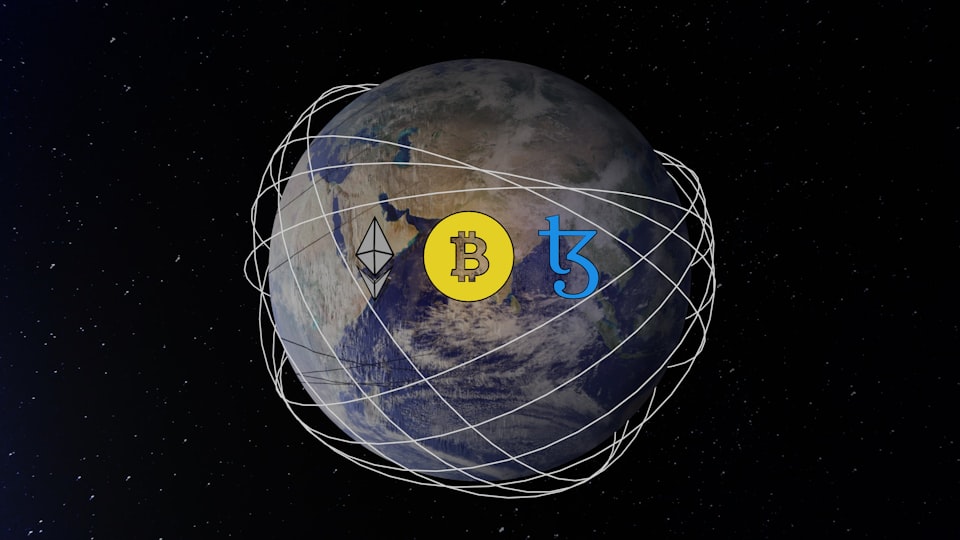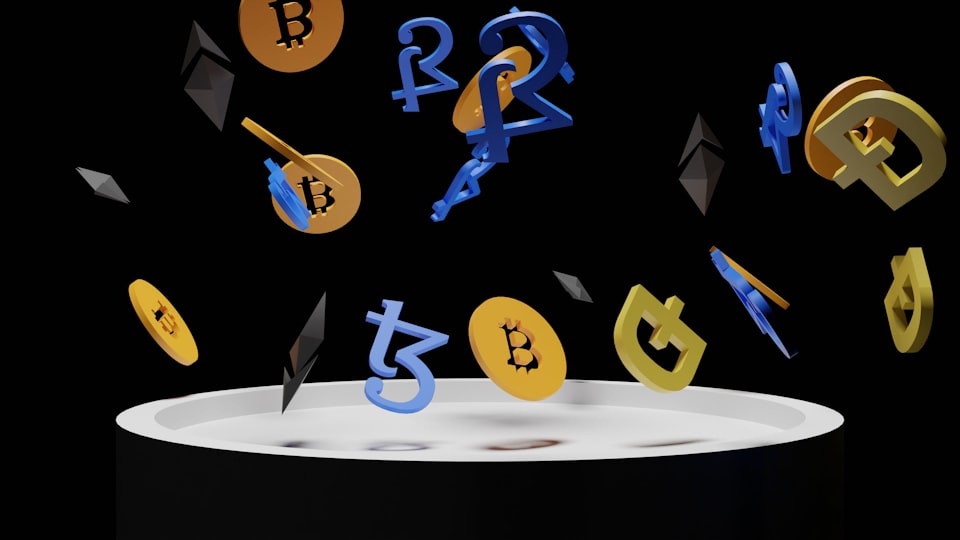Non-Fungible Tokens (NFTs) and the Digital Art Market: Redefining Ownership and Revolutionizing Creativity
Explore the world of Non-Fungible Tokens (NFTs) and their revolutionary impact on the digital art market. Learn about NFT technology, popular marketplaces, benefits for artists and collectors, challenges, and the future of NFTs in redefining ownership and creativity
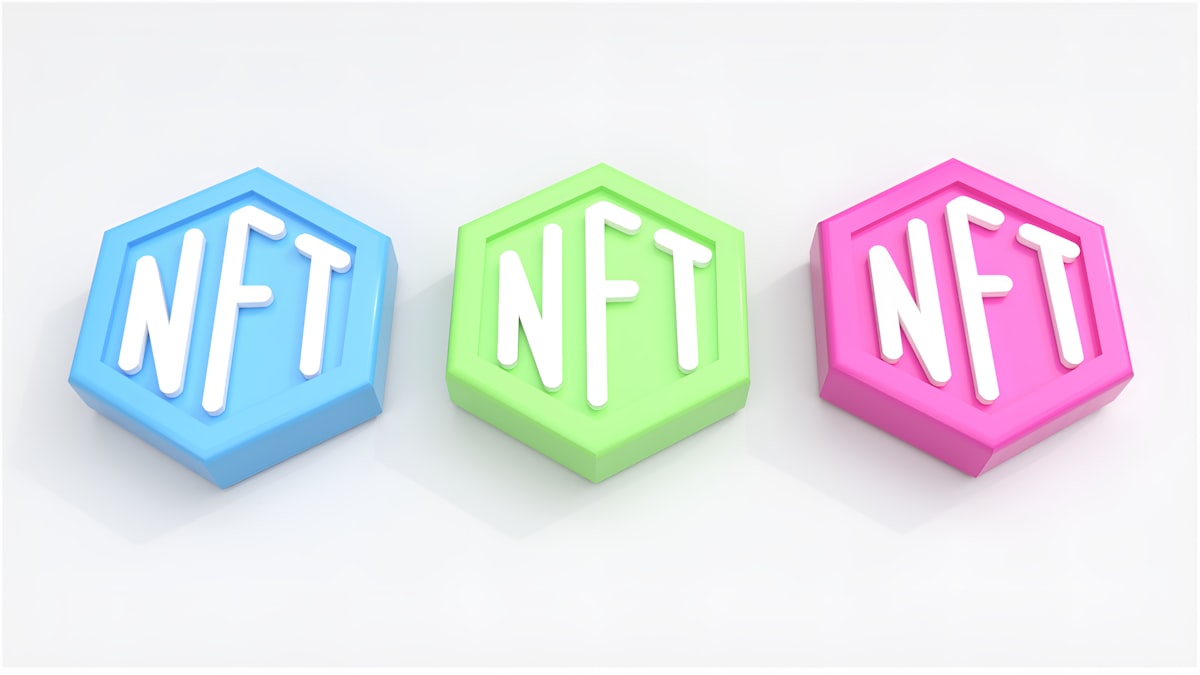
The advent of blockchain technology and cryptocurrencies has paved the way for a profound shift in how we perceive and interact with digital assets. Among the most disruptive innovations to emerge from this space is the concept of non-fungible tokens (NFTs). These unique digital assets are transforming the landscape of digital art, collectibles, and ownership rights, ushering in a new era of decentralized creativity and empowerment for artists.
In this comprehensive article, we will delve into the intricacies of NFTs, exploring their underlying technology, their impact on the digital art market, and the vast potential they hold for reshaping the way we create, own, and trade digital assets. We'll also examine the challenges and considerations surrounding NFTs, as well as the tools and platforms driving this burgeoning ecosystem.
Understanding Non-Fungible Tokens (NFTs)
Non-fungible tokens (NFTs) are unique digital assets that are secured and verified on a blockchain network. Unlike cryptocurrencies like Bitcoin or Ether, which are fungible (interchangeable and divisible), each NFT is a one-of-a-kind, indivisible, and non-interchangeable digital item.
NFTs can represent a wide range of digital assets, including:
- Digital artworks (paintings, illustrations, animations, etc.)
- Collectibles (sports memorabilia, trading cards, etc.)
- In-game assets (virtual real estate, skins, avatars, etc.)
- Digital certificates and credentials
- Music and video files
The key characteristics that define NFTs include:
- Uniqueness: Each NFT is unique and cannot be replicated or divided, ensuring scarcity and authenticity.
- Immutability: NFTs are recorded on a blockchain, providing a permanent and tamper-proof record of ownership and transaction history.
- Verifiability: The blockchain's transparency and cryptographic proofs enable the verification of an NFT's authenticity and provenance.
- Transferability: NFTs can be easily bought, sold, or traded on decentralized marketplaces, enabling true digital asset ownership and liquidity.
NFTs are typically built on top of existing blockchain networks like Ethereum, leveraging smart contracts to define and enforce the rules governing their creation, ownership, and transfer.
The Impact of NFTs on the Digital Art Market
The emergence of NFTs has profoundly impacted the digital art market, providing artists with a new avenue to monetize their creations and establish true ownership over their works. By tokenizing digital art as NFTs, artists can now:
- Prove Authenticity and Provenance: The immutable nature of blockchain technology allows artists to create a verifiable and transparent record of their art's authenticity and ownership history. This combats issues of art forgery and copyright infringement, empowering artists and collectors alike.
- Enable True Digital Ownership: NFTs enable the ownership of digital art in a way that was previously impossible. Collectors can now possess unique, verifiable digital artworks, opening up new opportunities for investment and trading.
- Tap into New Revenue Streams: By leveraging blockchain technology and NFT marketplaces, artists can directly sell their digital creations to collectors, potentially earning higher profits compared to traditional art sales channels.
- Establish Royalties and Residuals: Smart contracts can be programmed to automatically distribute royalties to artists each time their NFT-based artwork is resold, providing a continuous revenue stream.
- Foster Community Engagement: NFT platforms and marketplaces facilitate direct interactions between artists and collectors, fostering a sense of community and engagement around digital art.
Popular NFT Marketplaces and Platforms
As the NFT ecosystem continues to grow, various marketplaces and platforms have emerged to facilitate the creation, buying, and selling of these unique digital assets. Some of the most popular and influential platforms include:
- OpenSea: One of the largest and most popular NFT marketplaces, OpenSea supports a wide range of NFTs, including digital art, collectibles, and gaming assets.
- Rarible: A community-owned NFT marketplace that emphasizes accessibility and user-friendly features for artists and collectors.
- Nifty Gateway: A curated platform focused on high-quality digital art and collectibles, known for hosting exclusive drop events and auctions from renowned artists.
- SuperRare: A curated NFT marketplace that emphasizes the artistic and cultural value of digital artworks, with a focus on limited editions and exclusivity.
- Foundation: A community-curated platform that emphasizes the artistic and cultural significance of NFTs, with a focus on emerging artists and transparent curation processes.
- NBA Top Shot: A platform dedicated to officially licensed NBA digital collectibles, allowing fans to buy, sell, and trade unique NBA moments captured as NFTs.
These platforms offer various features, such as minting tools, auction mechanisms, secondary marketplaces, and community-driven curation and governance models, catering to the diverse needs of artists, collectors, and enthusiasts.
Benefits and Potential of NFTs in the Digital Art Market
The integration of NFTs into the digital art market has unlocked numerous benefits and opportunities for artists, collectors, and the broader creative industry:
- Democratization of Art Ownership: NFTs remove barriers to entry, enabling anyone, regardless of location or financial status, to own and collect unique digital artworks.
- Increased Liquidity and Global Access: NFT marketplaces provide global access and liquidity, allowing artists and collectors to buy, sell, and trade digital art seamlessly across borders.
- Preservation of Cultural Heritage: The immutable nature of NFTs ensures that digital artworks and cultural artifacts can be preserved and documented for future generations, safeguarding their authenticity and provenance.
- New Creative Possibilities: NFTs open up new avenues for creative expression, enabling artists to explore innovative forms of digital art, interactive experiences, and multimedia collaborations.
- Empowerment of Artists: By removing intermediaries and enabling direct artist-to-collector transactions, NFTs empower artists to retain greater control over their work and capture more value from their creations.
- Evolving Art Ecosystems: NFTs are fostering the growth of vibrant digital art communities, galleries, and curated platforms, nurturing new artistic movements and cultural expressions.
- Integration with Metaverse and Virtual Worlds: As virtual and augmented reality environments continue to evolve, NFTs can play a crucial role in representing unique digital assets, experiences, and virtual real estate within these immersive spaces.
Challenges and Considerations Surrounding NFTs
While the potential of NFTs in the digital art market is vast, there are also challenges and considerations that need to be addressed:
- Environmental Impact: The energy consumption associated with certain blockchain networks, such as Ethereum's proof-of-work consensus mechanism, has raised concerns about the environmental impact of NFTs. However, efforts are underway to migrate to more sustainable consensus mechanisms, and alternative blockchain platforms may offer greener solutions.
- Legal and Regulatory Uncertainties: The legal and regulatory landscape surrounding NFTs is still evolving, with potential issues related to intellectual property rights, taxation, and compliance needing to be addressed.
- Volatility and Speculative Risks: As with any emerging market, the NFT ecosystem is subject to volatility and speculative risks, with the potential for market bubbles and price fluctuations.
- User Experience and Accessibility: The process of creating, buying, and managing NFTs can be complex, especially for non-technical users, potentially hindering widespread adoption and accessibility.
- Long-term Value Preservation: While NFTs provide verifiable ownership and provenance, the long-term preservation of the underlying digital assets and their associated value remains a challenge that requires ongoing attention and technological solutions.
- Security and Fraud Concerns: As with any valuable digital asset, NFTs are susceptible to security risks, such as hacking, phishing attempts, and fraudulent activities, necessitating robust security measures and user education.
- Interoperability and Standards: As the NFT ecosystem continues to grow, the need for interoperability and standardization across different blockchain networks and platforms becomes increasingly important to ensure seamless integration and collaboration.
The Future of NFTs and the Digital Art Market
As the adoption of NFTs continues to accelerate, the future of the digital art market is poised for profound transformations. Here are some potential developments and future directions:
- Mainstream Adoption and Integration: As awareness and understanding of NFTs grow, we can expect to see increased mainstream adoption and integration of NFTs into various sectors, including traditional art institutions, museums, and galleries.
- Evolution of Marketplaces and Curation: NFT marketplaces and platforms will continue to evolve, offering more advanced features, curation mechanisms, and community-driven governance models to enhance the user experience and foster a thriving digital art ecosystem.
- Augmented and Virtual Reality Integrations: The convergence of NFTs, augmented reality (AR), and virtual reality (VR) technologies will enable immersive and interactive experiences with digital art, blurring the boundaries between physical and virtual spaces.
- Decentralized Autonomous Art Organizations (DAOs): Decentralized autonomous organizations (DAOs) focused on digital art and NFTs may emerge, enabling decentralized governance, collective ownership, and collaborative curation of digital artworks.
- Fractionalized Ownership and Investment Opportunities: NFTs may facilitate fractionalized ownership models, allowing multiple investors or collectors to co-own and invest in high-value digital artworks, democratizing access and diversifying investment portfolios.
- Intersection with Artificial Intelligence (AI) and Generative Art: AI and machine learning algorithms could be integrated with NFTs, enabling the creation of unique, algorithmically-generated digital artworks or even self-evolving NFT artworks that change over time.
- Expansion into Other Digital Realms: Beyond digital art, NFTs have the potential to disrupt and transform various industries, such as gaming, music, fashion, and intellectual property rights management, enabling new forms of digital ownership, monetization, and creative expression.
Conclusion
The rise of non-fungible tokens (NFTs) is ushering in a new era of digital asset ownership and creative expression. By leveraging the power of blockchain technology, NFTs are redefining the digital art market, empowering artists, fostering true ownership, and enabling a vibrant ecosystem of collectors, curators, and enthusiasts.
While the journey towards widespread adoption and integration of NFTs is not without challenges, the potential benefits and impact are profound. NFTs offer a transparent, verifiable, and decentralized approach to monetizing and preserving digital art, democratizing access, and fostering new forms of creative expression.
As the NFT ecosystem continues to evolve, we can expect to see further advancements in marketplaces, curation mechanisms, and technological integrations with emerging fields like augmented reality, virtual reality, and artificial intelligence. Additionally, the intersection of NFTs with decentralized governance models, such as decentralized autonomous organizations (DAOs), could reshape the way digital art is curated, owned, and celebrated.
Ultimately, the success of NFTs in the digital art market will depend on addressing challenges related to environmental impact, legal and regulatory uncertainties, user experience, and security concerns. By fostering collaboration, education, and innovation within the NFT community, we can pave the way for a more inclusive, sustainable, and vibrant digital art ecosystem that celebrates creativity, ownership, and cultural expression.
As we embark on this journey, it is crucial to embrace the transformative potential of NFTs while remaining mindful of the ethical, environmental, and societal implications. By striking a balance between innovation and responsibility, we can harness the power of this groundbreaking technology to create a more equitable, transparent, and empowering future for artists, collectors, and the broader creative community.
The information provided in this article is for educational and informational purposes only and should not be construed as financial advice. Readers are advised to conduct their own research and consult with a qualified financial advisor before making any investment decisions.
